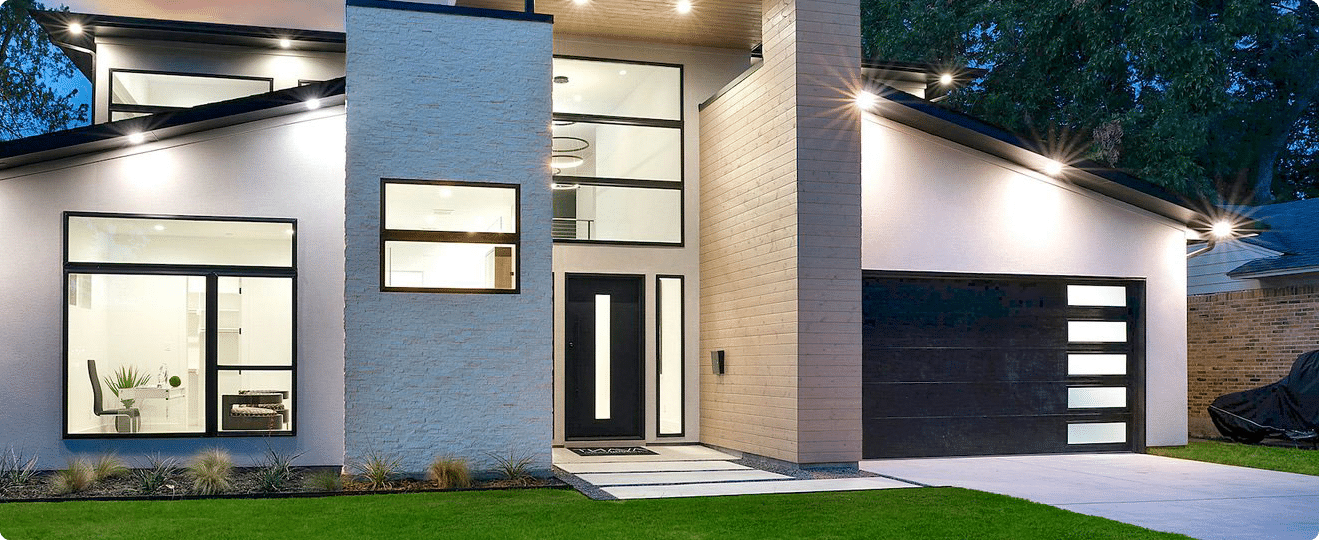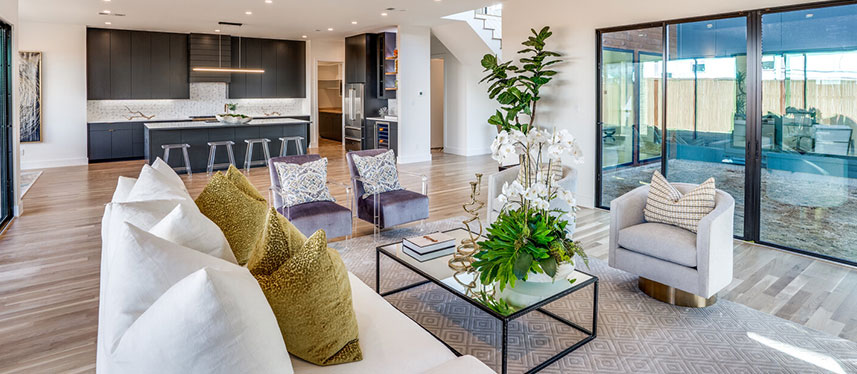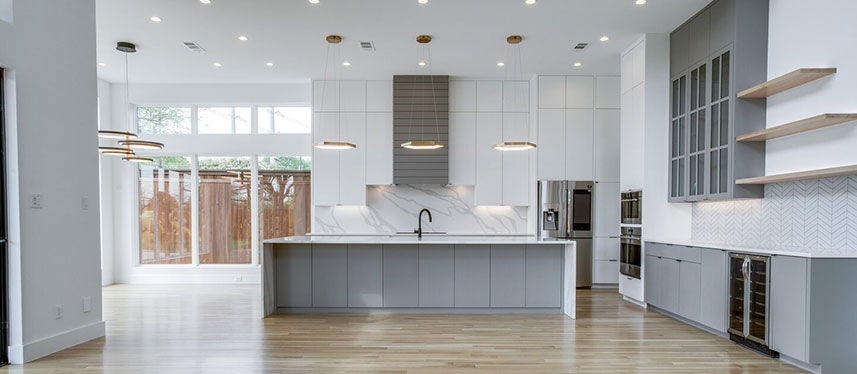
Introduction
Converting your garage in Castro Valley can give your home more useful space without needing a big move. It can be an office, a playroom, or a guest suite, fitting many needs. A Garage Conversion makes the most of what you already have. This idea works well in Castro Valley, where space and comfort are important. Whether you have a growing family or just need more room, a Garage Conversion can be a smart and simple solution.
Essential Garage Conversion Rules for Castro Valley
What you can build
Maximum Size
Your Garage Conversion in Castro Valley can be up to 500 square feet, giving ample room for various uses.
Side/rear setbacks
Ensure at least 4 feet of space from the property lines at the side and back.
Height limit
The converted garage should not be taller than 16 feet from the ground.
Building separation
Maintain a distance of at least 6 feet from other buildings on your property.
Permitting Process Timeline
Standard
The standard review process for permits takes around 6 to 8 weeks.
Historic Property review
For historic properties, the review might extend to about 10 to 12 weeks.
Zoning Regulations in Castro Valley
The zoning rules in Castro Valley guide how you can convert your garage, ensuring it fits the community’s standards.
Garage Conversion Size Limitations
| Zoning District | Maximum Floor Area Allowed |
| R-1 (Single Family) | 600 square feet |
| R-2 (Two Family) | 800 square feet |
| R-3 (Multifamily) | 1,000 square feet |
| R-4 (Neighborhood Mixed Use) | 1,200 square feet |
Height Limitations
Garage conversions must not exceed a height of 16 feet to stay within residential guidelines.
Building Coverage
The total building coverage on a property must not surpass 50% of the lot size.
Location
| Property Type | Location Requirement |
| Single-Family Homes | Within the rear half of the lot |
| Duplex | Adjacent to the primary structure |
| Multifamily | Separate entrance from the main building |

Exterior details
The exterior of the converted garage should match the main house’s style and materials.
Setbacks and Buffer Zones
Maintain a minimum setback of 4 feet from side and rear property lines for the converted space.
Minimum Lot Area
Connection for utilities
Ensure the new space is properly connected to water, sewage, and electricity lines.
Fire safety
The conversion must comply with local fire safety codes, including smoke detectors and fire-resistant materials.
Room specifications
- Living Area: Should be at least 150 square feet to ensure a comfortable living space.
- Kitchen: Must include basic facilities like a stove, sink, and refrigerator.
- Bathroom: Needs a minimum of 30 square feet and include a toilet, sink, and shower.
- Ceiling Height: The minimum ceiling height should be 7 feet for adequate headroom.
Short-term Rentals and Home Occupations Regulations
Converted garages can be used for short-term rentals or home businesses if they follow local rules.
Building Codes
Follow the latest building codes to ensure safety and compliance for your garage conversion.
Castro Valley Garage Conversion Permit Guidelines
| Permit Type | Description | Estimated Fee |
| Building Permit | Approval for structural changes | $500 - $1,000 |
| Electrical Permit | Electrical system upgrades | $200 - $400 |
| Plumbing Permit | Plumbing installations | $200 - $400 |
| Mechanical Permit | HVAC system changes | $200 - $400 |
| Planning Review | Zoning and planning compliance | $100 - $200 |
Property Requirements
Ensure the property meets zoning and building standards before starting the conversion.
Parking
Provide at least one additional parking space if you convert your garage into living space.
Front Setbacks
Maintain at least 20 feet of front setback for the converted structure.
Side and Rear Setbacks:
Ensure 4 feet of setback from the side and rear property lines.
Open Space and rear yards:
At least 30% of the rear yard should remain open space after the conversion.
Properties That Qualify
Only properties that meet local zoning laws and building codes are eligible for garage conversion.

Development standards
Single-family Homes
Must keep the architectural style consistent with the neighborhood.
Multi-family Properties
Ensure each unit has a separate entrance and parking space.
Duplex Properties
The conversion should not exceed the original footprint of the garage.
Property designations
- Flood Zones: Conversions in flood zones require additional safety measures.
- Easements: Check for utility or access easements before converting your garage.
- Historic Properties: Additional reviews are needed for properties designated as historic.
Summary
Garage Conversions in Castro Valley are a practical way to add living space. Following local rules ensures a smooth process and a successful project.
FAQs
Yes, as long as it meets local zoning and building codes, you can use it as a rental unit. It’s important to ensure the space is safe and habitable for tenants, which includes proper insulation, heating, and ventilation. Additionally, you may need to register the unit with the local authorities as a rental property.
Adding a second story may be allowed, but you must follow height and zoning regulations. This process will likely require additional permits and a thorough review to ensure structural integrity and compliance with local building codes. Consulting with an architect or contractor can help you understand the feasibility and costs involved.
Yes, a separate entrance is typically required for safety and accessibility. This helps in maintaining privacy for both the main house and the converted space. Additionally, a separate entrance can be crucial if you plan to rent out the unit or use it for home business purposes.
Yes, adding a bathroom is allowed if it complies with plumbing and building codes. You will need to ensure proper water supply and drainage systems are in place. This may involve significant plumbing work, so it’s advisable to hire a professional to handle the installation to meet all health and safety standards.
The design should match the main house and comply with local architectural guidelines. This includes using similar materials, colors, and styles to ensure the conversion blends seamlessly with the existing structure. Following these guidelines can help maintain the aesthetic appeal and property value.
While not always required, it’s good to discuss plans with neighbors to avoid disputes. Some areas may have community regulations or homeowner association rules that necessitate neighbor approval. Engaging with neighbors early can foster goodwill and prevent potential objections during the permitting process.
Yes, but it must follow local regulations for home occupations. These regulations may include limits on the number of clients visiting the property, restrictions on business signage, and requirements for additional parking. Ensuring compliance with these rules helps maintain the residential character of the neighborhood.
Upgrading the electrical system is usually required to meet current safety standards. Older garages may not have sufficient wiring to support new appliances and lighting. A licensed electrician can assess your current system and make the necessary upgrades to ensure it is safe and capable of handling the additional load.
Yes, detached garages can be converted if they meet setback and building requirements. Detached conversions offer more flexibility in design and usage but still need to comply with local zoning laws and building codes. You may also need to consider additional factors such as connecting utilities and ensuring proper insulation.
Yes, conversions must comply with local environmental and sustainability guidelines. This can include using energy-efficient materials, installing proper insulation, and ensuring the space meets local standards for green building practices. Adhering to these guidelines can also provide long-term savings on energy costs.
Adding windows is allowed if they comply with local building and safety codes. Windows can enhance natural light and ventilation but need to be properly installed to prevent leaks and ensure security. It’s also important to consider privacy and how window placement might affect neighboring properties.
Yes, a building permit is required to ensure the project meets safety standards. Obtaining a permit involves submitting detailed plans and undergoing inspections during construction. This process helps ensure the conversion is structurally sound and complies with all relevant building codes and regulations.
Insulation must meet local energy efficiency standards to ensure comfort and compliance. Proper insulation helps maintain a comfortable temperature and reduce energy costs. The type and amount of insulation will depend on the local climate and specific building requirements for converted spaces.
Yes, but short-term rentals must follow local regulations and zoning laws. These regulations may include registering the property, paying applicable taxes, and adhering to occupancy limits. Ensuring compliance with these rules can prevent fines and legal issues while providing a reliable income stream.
Yes, partial conversions are allowed if they meet local building codes. You can convert a section of the garage while retaining space for storage or parking. This flexibility allows you to customize the conversion to fit your specific needs and available space.
Yes, fire safety measures like smoke detectors are required in the converted space. Fire safety is crucial to protect occupants and property. Installing smoke detectors, fire extinguishers, and using fire-resistant materials are essential steps to meet local safety codes and ensure peace of mind.
Yes, a planning review ensures the conversion complies with zoning and community standards. The review process examines factors such as the use of space, impact on neighbors, and overall design. This step is crucial to obtaining the necessary permits and ensuring the project aligns with local regulations.
You can keep it, but it must be adapted to fit the new living space’s design and functionality. For example, you might replace the garage door with a wall and windows or modify it to serve as a large entryway. Adapting the garage door helps integrate the conversion seamlessly with the rest of your home.
Soundproofing is recommended to ensure comfort, especially if near busy areas. It can help reduce noise from traffic, neighbors, or other household activities, creating a more peaceful living environment. Various soundproofing materials and techniques can be used to enhance privacy and comfort in the converted space.
Yes, a small kitchen is allowed if it meets health and safety regulations. The kitchen should include essential appliances and comply with local building codes for plumbing and electrical systems. Having a functional kitchen can increase the versatility and value of the converted space, making it suitable for various uses.